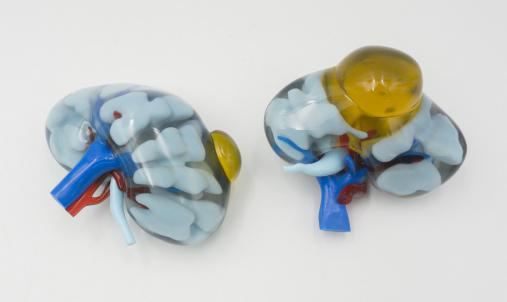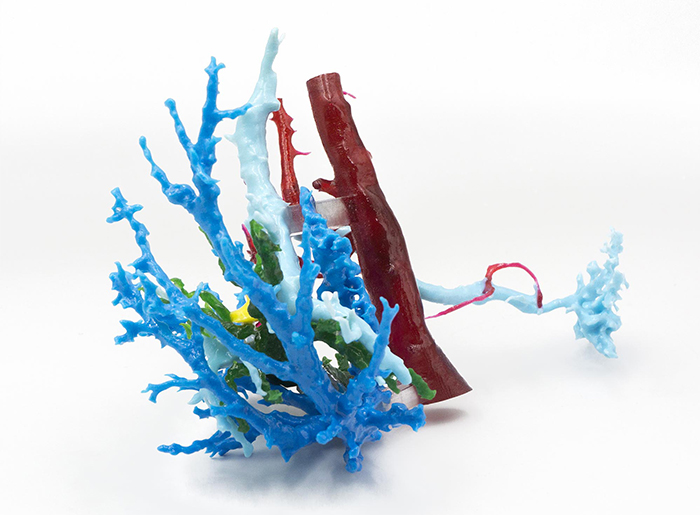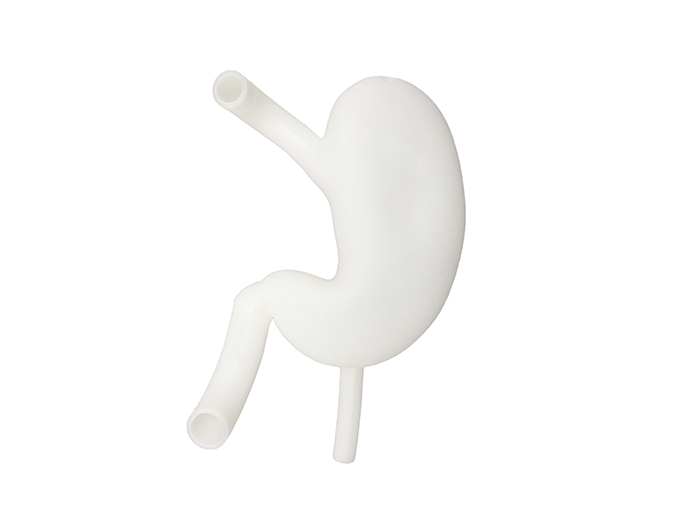3d Printing Service Industry News
3D printing-materials produce life-like anatomical features
New 3D printing technology is capable of printing human anatomical parts that are realistic, and have the look and feel of the human body.

Stratasys full color printing, is expected to help medical professionals have better access to realistic models that replicate the feel, responsiveness and biomechanics of human anatomy. It also will enable clinicians to see real-life models of a patient’s critical organs before they operate on them.
Most of the Stratasys full color print uses to create cardiac, vascular and orthopedic 3D printing applications etc.
The ability to print life-like anatomical features is expected to give organizations alternatives to traditional sources—typically, cadavers, similar animal anatomical parts or virtual reality models, the software and printer are able to take imaging data from devices such as MRIs or CT scanners, segment them for use in the printer and then replicate a patient’s anatomy with the 3D printer and professional materials that then are used to replicate anatomy.

3DPlink has been involved in surgical planning,We see this solution as taking it a step beyond, making it functional as well. Part of the work being validated, documenting how materials compare from a functionality perspective.
Realistic models can help clinicians experience what kinds of resistance they’ll face when making an incision, what kind of forces will pull on suture, or what they may experience in tapping or reaming procedures.

3D printing has been wonderful for recreating patient-specific anatomy compared to cadavers or animal models; however, the final frontier for organ model realism has been live-tissue feel and biomechanical realism,We believe these models give us the best opportunity to recreate human physiological conditions to simulate actual clinical situations and to study new devices to establish their effectiveness before introducing them to patients.

The new Stratasys full color print is expected to see adoption primarily by medical device companies, which require new ways to drive faster adoption of technologies and procedures, and academic medical centers, which are under increasing pressure to conduct training outside of the operating room to minimize risk to patients.



